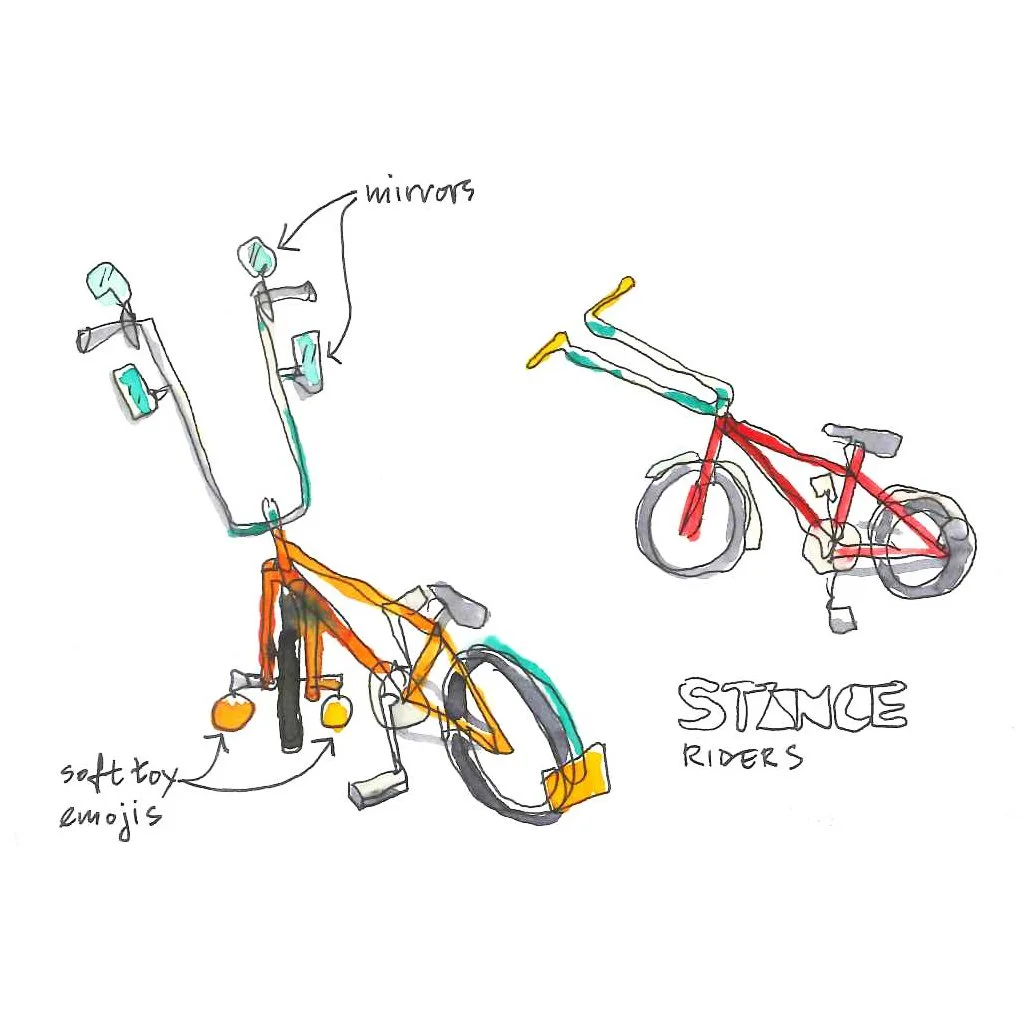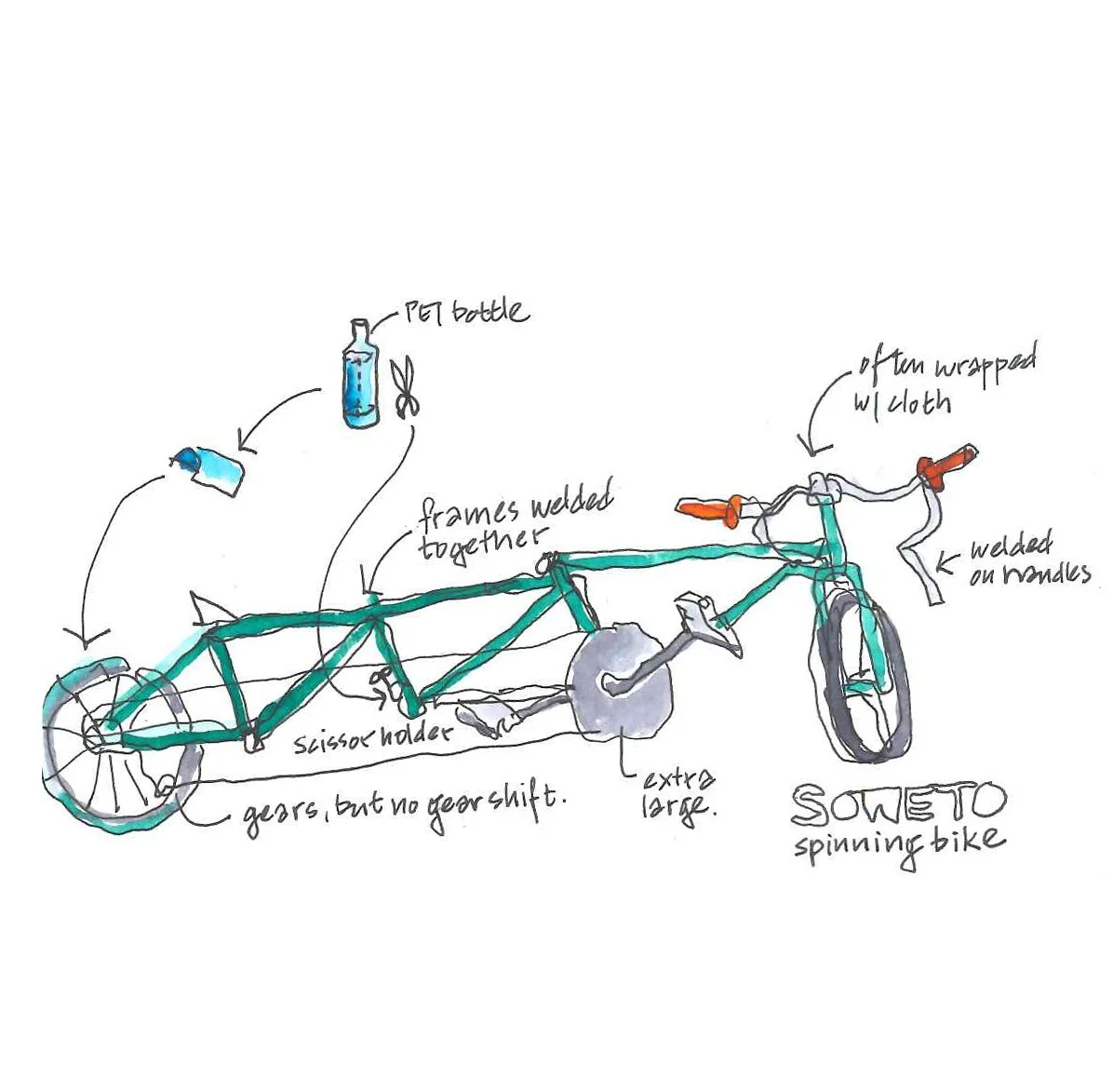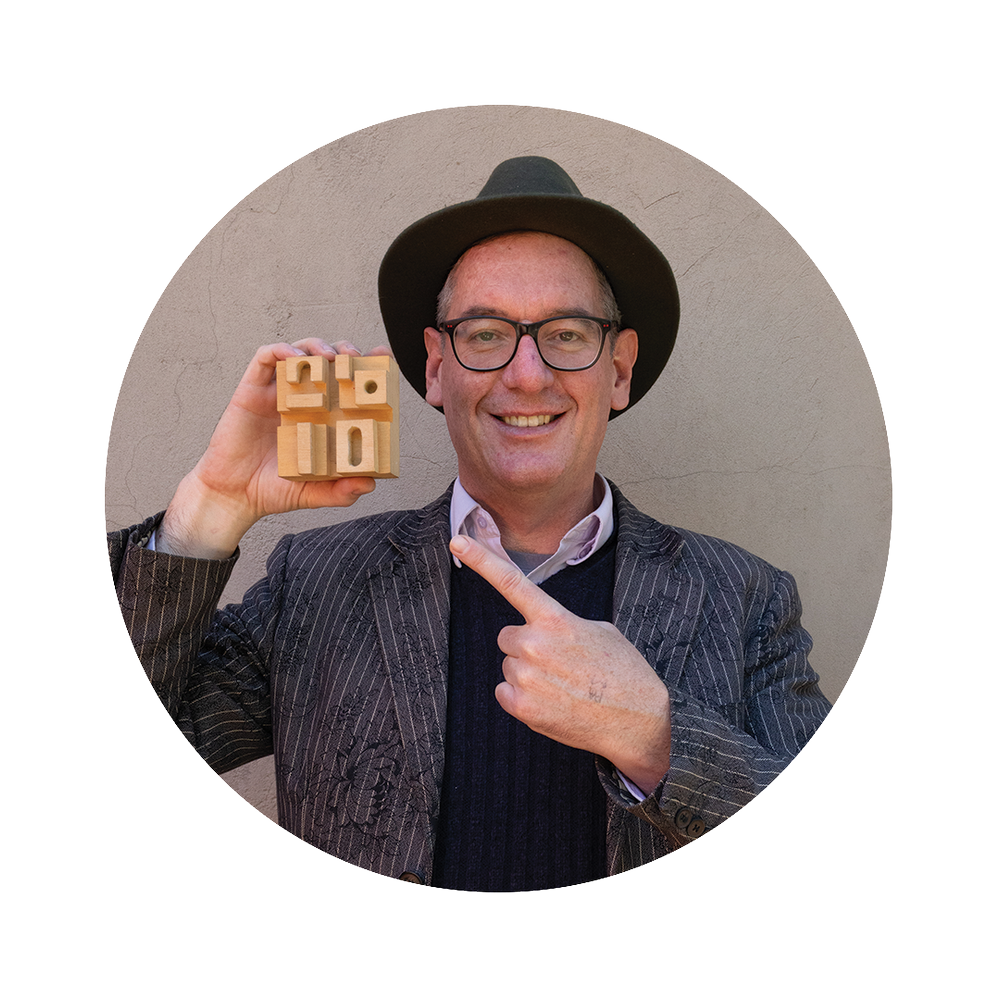The First Step to Take Before You Design Your Home
Mindful Design #02
We also look at an inspiring new street culture emerging in Johannesburg.
Let’s begin with the serious bit:
The 6 stages of the design and construction process.
The First Step…
If you are thinking of building a new home or renovating an existing one, there is one important step you can take right now to avoid disaster. Building is complex and a lot can and does go wrong. We have all heard stories of projects going off the rails. It has even happened to me and I have vowed to never go there again.
The first step of any project, no matter how small or large, must always be the Diagnosis. Your home is probably the single most expensive thing you will own, and by doing this step properly, you can mitigate the usual risks that come with building.
No architect should rush you into the design process. Instead, they should be researching your project’s constraints, opportunities, and costs before designing anything.
The first step is often skipped or done poorly because other architects want to be competitive in a tough market. But rushing straight into design without a proper diagnosis can lead to major challenges later on when it is very expensive to fix them.
Here’s an example:
Before they came to us, our clients were not aware that their corner property had a chamfered boundary line, which they unwittingly built over. Now they cannot proceed with other plans for their house unless they go through a lengthy and expensive legal process to change the boundary line or tear down the addition! Had a diagnosis been done on their project, they would not be in this position.
An example of disaster averted:
Our clients bought a prime piece of land for a holiday/retirement home on a river. When we checked the flood lines we discovered that only a small fraction of the site was actually buildable. From the outset, the house could be designed to fit the buildable area with a part of it raised on columns. Outcome: The house does not flood!
The diagnosis is a relatively small step, but by doing it properly you can mitigate the risk of building and increase your chances of creating a space that you and your family will love to come home to every day.
As part of the first step, we always produce a Needs and Options Review that ticks the right boxes and maps out a broad overview and budget for your project.
To learn more about the Needs and Options Review, watch this short video.
Our Project Planning Pack also provides you with a simple process to help you diagnose your project yourself. You can find the Project Planning Pack here .
And now the fun bit!
Image by Heather Mason (2Summers)
Earlier this year I found myself in Soweto surrounded by music, cheering spectators, and hundreds of kids showing off the most amazing DIY bicycle creations I have ever seen. I felt like I was witnessing the birth of a new movement, fueled by creativity, showmanship, and the type of can-do attitude that makes things happen in the Jo’burg I love. I am not sure if there is a name for this movement yet, but it basically involves creating new bikes out of old bikes.
Stance bikes, sketch by Thorsten Deckler
The bikes come in two genres: stance and spinning bikes. The stance bikes are purely for posing and cruising in style. They have strange, altered proportions, slick paint jobs, lots of chrome, and quirky embellishments.
Spinning bike, sketch by Thorsten Deckler
The spinning bikes are rougher, often made up of several bike frames welded together and are used to execute maneuvers and tricks while drifting (spinning the back wheels).
Read more about the bikes and their riders on the 2summers blog and make sure you watch the video at the end! Also, if you would like to support the Sentech Croozers, our local crew in Brixton, send them a message on their Instagram. They will make use of any spare bike parts you no longer need.
Mindful Design Movement
My mission is to create a more beautiful world, one building at a time. With proper planning and better insight, this is possible. There are so many examples of great buildings, some designed by architects, some made by ordinary people, that we can learn from.
Just like kids are creating their own bicycle movement I am inspired to create a movement that educates people in making more mindful decisions when it comes to building. Please share this newsletter with anyone who you think can benefit.
Thorsten Decker helps people create homes and residential developments that prioritize human well-being by employing the Mindful Design Approach. He uses his unique style of hand drawing, alongside digital modelling, to guide clients and project team throughout the design and construction process.
The work of 26’10 south architects can be viewed on this website.
All drawings and diagrams in this article are by Thorsten Deckler. More drawings can be viewed on Thorsten’s Instagram page @thethinking_hand.





